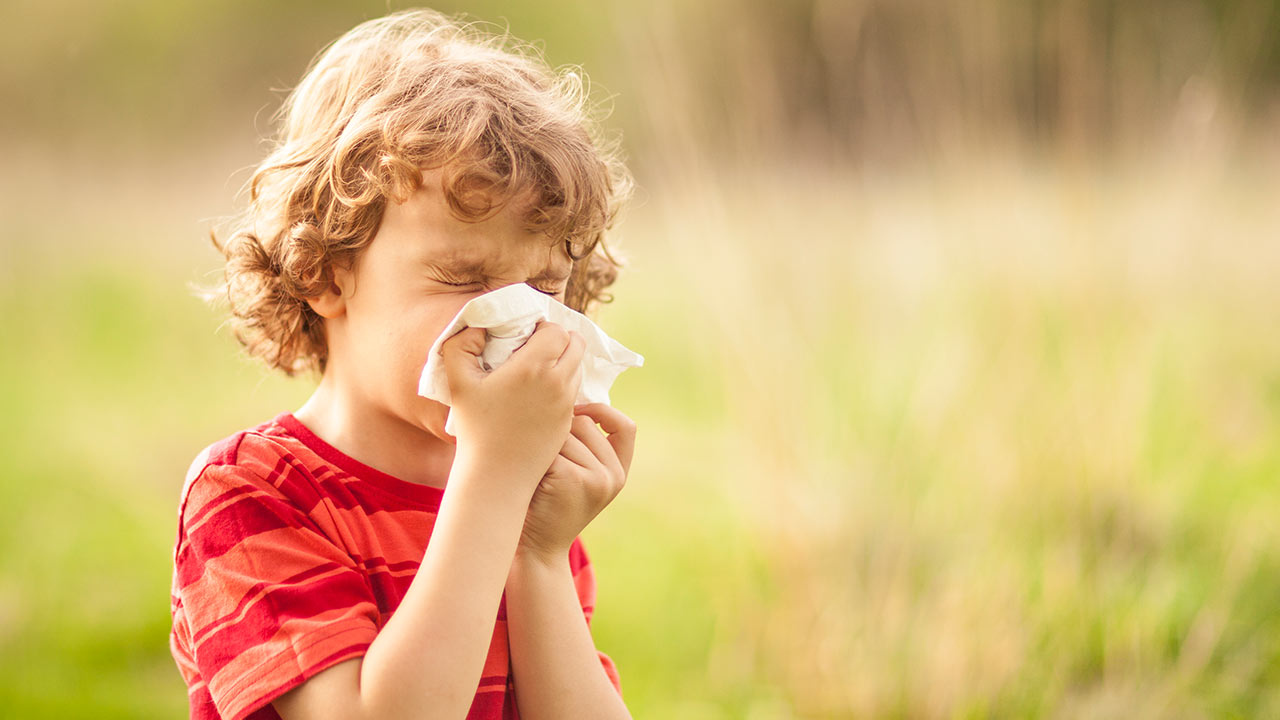
DiYES International School – Seasonal allergies in kids affect many children worldwide every year. These allergies occur when the immune system overreacts to pollen and other airborne allergens. Symptoms usually appear during spring, summer, or fall, depending on the allergen type. Understanding these symptoms helps parents take timely action. Early recognition can improve a child’s comfort and quality of life.
Seasonal allergies in kids often begin with sneezing and a runny nose. Nasal congestion and itchy eyes commonly follow. Children may rub their eyes frequently or complain of watery eyes. Some kids develop a persistent cough or experience throat irritation. Fatigue and irritability can result from poor sleep caused by nasal blockage. Skin rashes or eczema may worsen during allergy seasons. Parents sometimes mistake symptoms for a common cold. However, allergy symptoms last longer and don’t include fever.
Moreover, some children experience headaches or sinus pressure. Difficulty concentrating at school may occur due to discomfort. A decreased appetite can also be a subtle symptom. These signs vary depending on the child’s sensitivity and exposure levels. Recognizing these symptoms early helps seek proper care.
“Read about: Increased Infectious Disease Risks for Children as Schools Reopen After COVID-19”
Pollen from trees, grasses, and weeds is the most common trigger. During spring, tree pollen is abundant, while summer sees more grass pollen. Ragweed pollen causes many fall allergy cases. Mold spores also increase in damp environments during these seasons. Dust mites and pet dander can worsen symptoms, even if they are not seasonal. Weather conditions such as wind and humidity affect pollen spread. Children who spend more time outdoors during high pollen days face greater risks. Family history also plays a role in allergy development.
Parents can take several steps to reduce allergen exposure. Keep windows closed during high pollen days to limit indoor pollen. Using air purifiers helps remove allergens from indoor air. Encourage children to wash their hands and face after playing outside. Showering before bedtime can remove pollen stuck on hair and skin. Avoid drying clothes outside when pollen counts are high. Wearing sunglasses outdoors protects children’s eyes from allergens. Regular vacuuming with HEPA filters decreases indoor dust and pollen. Monitor local pollen forecasts to plan outdoor activities wisely.
“Read more: DHS Blue Campaign: Protecting Students from Human Trafficking in Schools”
Over-the-counter antihistamines often relieve mild allergy symptoms. Nasal saline sprays help clear nasal passages gently. In more severe cases, doctors may prescribe nasal corticosteroids or allergy shots. Immunotherapy helps children build tolerance to specific allergens gradually. Always consult a pediatrician before starting any medication. Home remedies like using a cool compress can soothe itchy eyes. Keeping the child hydrated reduces mucus thickness and eases congestion. Using a humidifier in dry environments can improve breathing comfort.
Seek medical advice if symptoms worsen or interfere with daily life. Persistent coughing, wheezing, or shortness of breath require prompt evaluation. If allergy medications cause side effects, discuss alternatives with a healthcare provider. Children with asthma and allergies need close monitoring to prevent complications. Early diagnosis and treatment improve long-term outcomes. Allergists can perform tests to identify specific triggers. Personalized treatment plans help manage symptoms effectively.